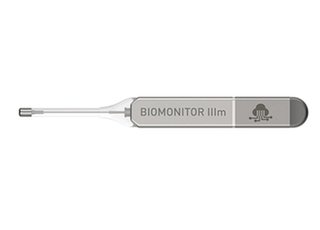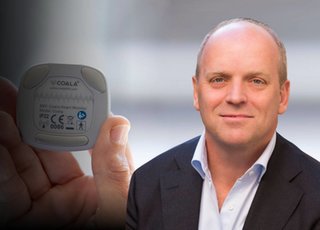Telemedicine for patients with heart rhythm disorders must go hand in hand with an adequate reimbursement strategy
By Bradley P Knight, MD
Director of Cardiac Electrophysiology, Northwestern Medicine
The Covid-19 pandemic has changed dramatically how the health care community views telemedicine. For electrophysiology, it has accelerated a shift in attitudes whereby most of those who may have harbored reservations about telemedicine for patients with heart rhythm disorders have come to completely embrace it.
As a result, even as the velocity and havoc wreaked by the pandemic seem to have slowed down, we have gone back to “business as usual” only halfway. This makes complete sense for the field of electrophysiology because it is particularly well-suited to telemedicine. The majority of our patients have already had their heart rhythm problems diagnosed prior to the pandemic, so when we review their chart, we can get most of the information we need. A lot of them also have some kind of a heart rhythm monitoring device, whether it´s an AliveCor Kardia app on their smartphone or an Apple Watch, which provide real-time data.
The challenge, in the context of the pandemic, is with new patients. Before, if a patient was referred to us for a suspected heart rhythm problem, we used to hook them up with a patch monitor to get an initial reading of the problem. Now we often need to send them a monitor with instructions so that they can connect it themselves. But this just goes to show that the field of electrophysiology is almost fully adaptable to telemedicine. I would say up to three quarters of our patients could be seen via telemedicine.
The other, more subtle challenge is the lack of a heart rhythm recording device for patients with diagnosed rhythm disorders that is embedded into the virtual clinic infrastructure. Even though such devices are less accurate than clinically administered measurements, having an option that patients can purchase and use routinely could help doctors track specific heart problems remotely when in-person access is too difficult or impossible. This is important because even with the most advanced telemedicine, there are definitely some patients that should be seen in person.
“The field of electrophysiology is almost fully adaptable to telehealth. I would say up to three quarters of our patients could be seen via telemedicine.”
Bradley Knight, MD is the Director of Cardiac Electrophysiology at Northwestern University, where he is also a Distinguished Professor of Cardiology and has directed the Heart Rhythm Program at the Bluhm Cardiovascular Institute and the Northwestern Clinical Cardiac Electrophysiology Fellowship Training Program since November 1, 2009. Prior to that, he served as the Director of Cardiac Electrophysiology at the University of Chicago from 2002 to 2009. His main clinical and research interests are in the field of heart rhythm disorders and he is involved in several multicenter clinical trials that are evaluating novel ablation tools and implantable devices.
It is interesting to note that the minority of electrophysiology patients who really are better off being seen in person are now being used as a pretext to encourage health care workers to bring most or all cardiac patients back into the clinic. Obviously, healthcare providers are worried about how shifting healthcare to a telemedicine model – with or without Covid-19 – may affect reimbursement. But at the same time, I think providers, payers, and regulators recognize that this pandemic is not going away anytime soon, so they are going to have to come up with a long-term telemedicine reimbursement strategy.
Specifically, payers in Medicare, who are always looking for opportunities to cut reimbursement, are going to feel a lot of pressure to change their approach. This is so because the people who stand to lose the most from withholding reimbursement for telemedicine consultations are patients who need the most protection right now. Those are patients in lower socioeconomic classes who don´t always have access to cars, have comorbidities, and are at increased risk for getting infected with Covid-19 every time they venture outside their homes. So I expect to see a lot of public pressure to make sure those patients can be taken care of via telemedicine.
To illustrate how this problem plays out in electrophysiology, right now EP clinicians are not getting reimbursed when patients send in their cardiac data tracings captured by Smartwatches and fitness trackers expecting us to give them an immediate response about what the data show. I think there needs to be a proper reimbursement strategy for doctors if they are expected to “overread” these devices that are available in the public space.
The “other side of the coin” with streaming app data is the technology itself. Our main need is related to reliable ECG recordings, a rhythm strip, but we are still some years away from consumer devices being able to provide high-fidelity readings accompanied by the critical clinical information needed to manage a heart rhythm diagnoses. This means that if a patient sends us a heart rhythm strip showing atrial fibrillation, we still have to look up their medical chart and figure out what medications they are on, what other medical problems they have, or if there are other factors that might be impacting the data, in order to manage that patient. There needs to be a more efficient way to manage such contacts and the hope is that artificial intelligence could be leveraged to app-generated diagnoses and management better.
“Providers, payers, and regulators recognize that the Covid-19 pandemic is not going away anytime soon, so they are going to have to come up with a long-term telemedicine reimbursement strategy.”







